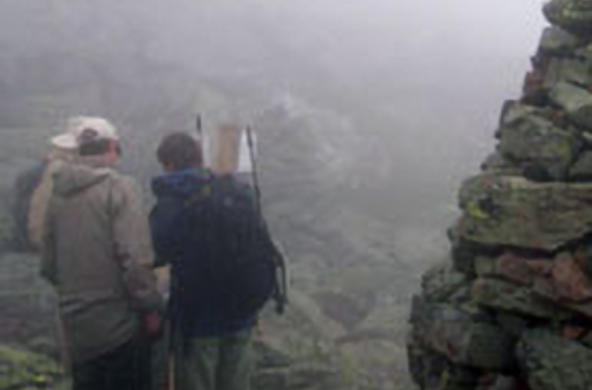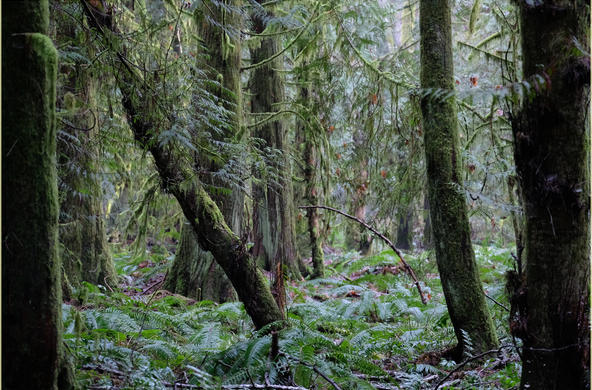Kathleen Weathers is a biogeochemist and one of the senior scientists at the Cary Institute of Ecosystem Studies in Millbrook. She studies the chemicals and living organisms in fog or mist, or what is called precipitation chemistry. She analyzes the water that drips off of trees in the forest and figures out how this fog water helps us understand how ecosystems function. By illuminating the chemical relationships among water, land, forests and the ocean, this work has major implications for our undertanding of the ecological importance of fog and air pollution.
Dr. Weathers’s studies of fog have taken her to deserts in Namibia and Chile, coffee plantations in Mexico, the Appalachian mountains and foggy areas off the coast of Maine and of California. In a lecture at the Cary Institute on June 13, she explained that her computations between the inputs and outputs (“Sometimes I feel like an accountant,” she said) of the chemicals in mists can tell us about how their water chemistry affects living systems.
Fog is created when warm, moist air moves over colder bodies of air on the land. It is particularly prevalent in northeast Oregon and parts of California. [Newfoundland, however, is the winner in the fog department.] Fog hangs in the architecture of the atmosphere and moves horizontally, as opposed to rain, which moves vertically. “Rime ice,” created by freezing fog, creates strange horizontal ice shapes that have been photographed on Mount Washington in New Hampshire.
Some fog is wet enough that farmers can collect fog water from trees to irrigate crops. In Namibia and northern parts of Chile that are deserts, up to 100 percent of water comes from fog. Water-starved communities in Ecuador may be able to harvest forest fog water for human use.
It is the understory of the forest that gets most of the fog water that drips off trees. The canopies of trees deep in the forest collect more mist than the edge trees. How much deposition of the content is spatially variable. But 80 percent of the sulfur and nitrogen in the Appalachians is from fog. Humans have drastically altered the nitrogen cycle. Studies of fog confirm that we are literally swimming in nitrogen.
Fog catchers and odd contraptions are used to pull in fog into containers in which it can be studied. The big news about the chemistry of fog is that it is far more concentrated than rain—maybe ten times more concentrated. Fog studies are part of an emerging field called aerobiology, that is, the study of the microbes that are in the atmosphere.
In Sonoma County in California, where the redwoods create some of the most productive forests in the world, studies linking fog, trees and soils are helping scientists like Dr. Weathers understand how and what fog deposits, how wet it is and other questions that only a fog afficionado could understand.
Dr. Weathers explained that fog is a $40 billion a year issue because of the pollution and impacts it causes. She has been instrumental in getting fog scientists together to talk about “cross-system transfers,” or how the ocean affects the forest and the land, since some scientists are interested in chemistry, some are interested in how aerosols affect the ocean and others are interested only in the impacts.
And Dr. Weathers is not immune to the aesthetic aspects of mist. She displayed beautiful photographs and paintings inspired by dramatic landscapes with trees emerging out of fog. She also quoted charming poem by Carl Sandburg: “The fog comes in on little cat feet …”





